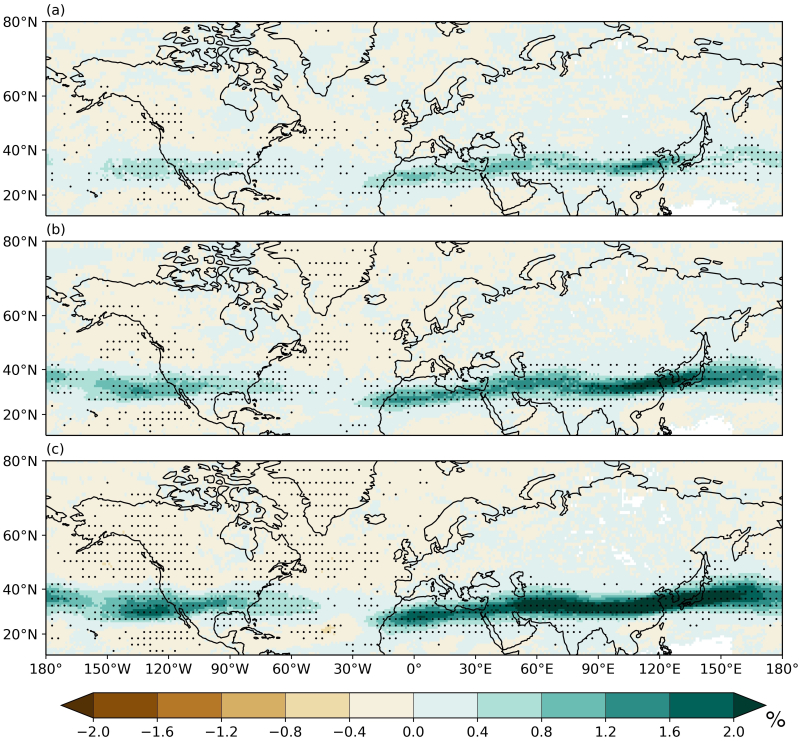Follow us on Google News (click on ☆)

Illustrative image Pixabay
Difficult to detect, these turbulences are responsible for most weather-related airplane accidents. Researchers from CNRS Terre & Univers have investigated the link between clear-air turbulence and climate change. The study shows that an amplification of turbulence phenomena is already detectable in certain regions, particularly East Asia, and is likely to intensify in the future.
This study relied on a set of atmospheric reanalyses and multi-model climate projections to calculate turbulence indicators, already used in operational centers for real-time detection, covering the historical period from 1980 to 2021 and for different levels of global warming.
The results indicate that, in several regions of the Northern Hemisphere (e.g., East Asia, the Middle East, Northern Africa), positive trends in clear-air turbulence are already observed as a consequence of anthropogenic forcing from 1980 to 2021. The response to climate change can thus already be detected over the past few decades.
Furthermore, these positive trends are expected to intensify over the same regions due to the strengthening of jet streams for each additional degree of global warming. However, over the North Atlantic, a region with very dense air traffic, many uncertainties remain due to the high internal variability of the atmosphere.

Future projection of changes in frequency of clear-air turbulence (moderate to severe category), for different degrees of global warming.
(a) ∆T=1°C, (b) ∆T=2°C, and (c) ∆T=3°C.
Black dots indicate significant change.
© Reference
The impact of climate change on clear-air turbulence thus presents significant adaptation challenges to aviation, particularly concerning flight trajectory planning and the design of future aircraft.
Reference:
Foudad, M., Sanchez‐Gomez, E., Jaravel, T., Rochoux, M. C., & Terray, L. (2024).
Past and future trends in clear‐air turbulence over the northern hemisphere.
Journal of Geophysical Research: Atmospheres, 129, e2023JD040261.
DOI: 10.1029/2023JD040261.